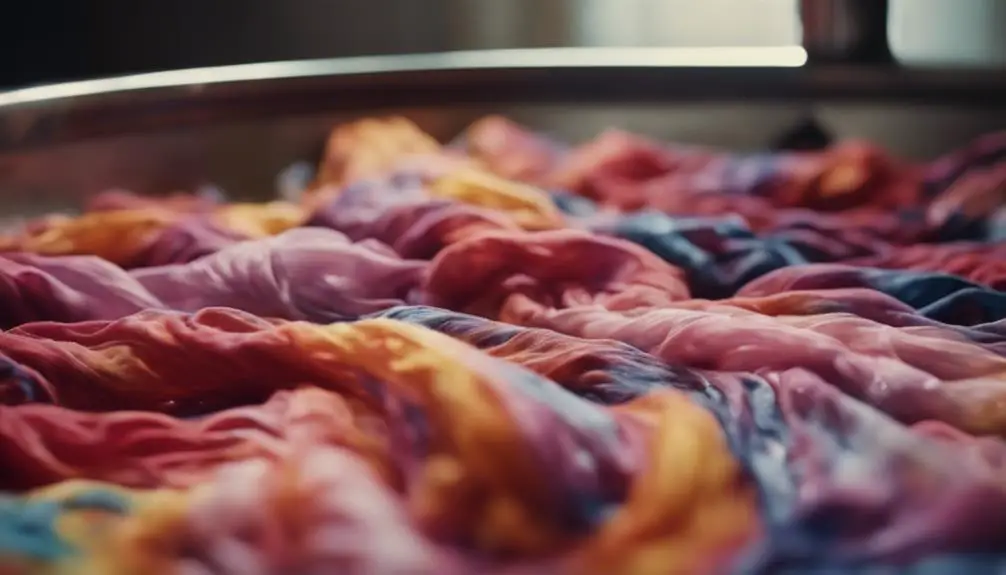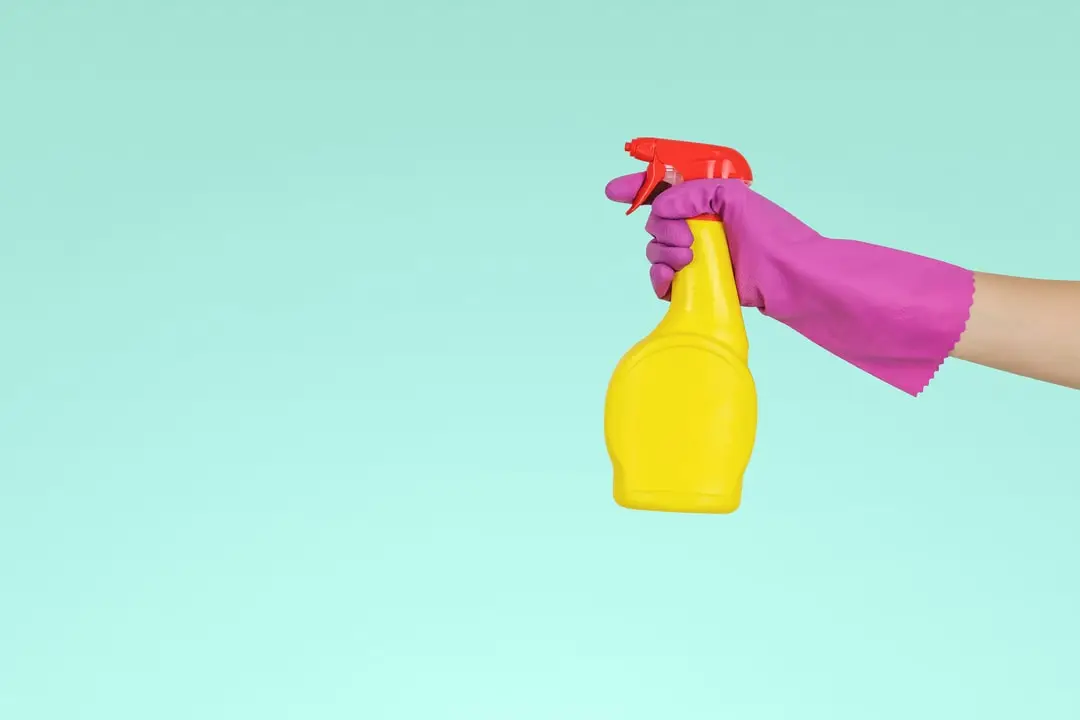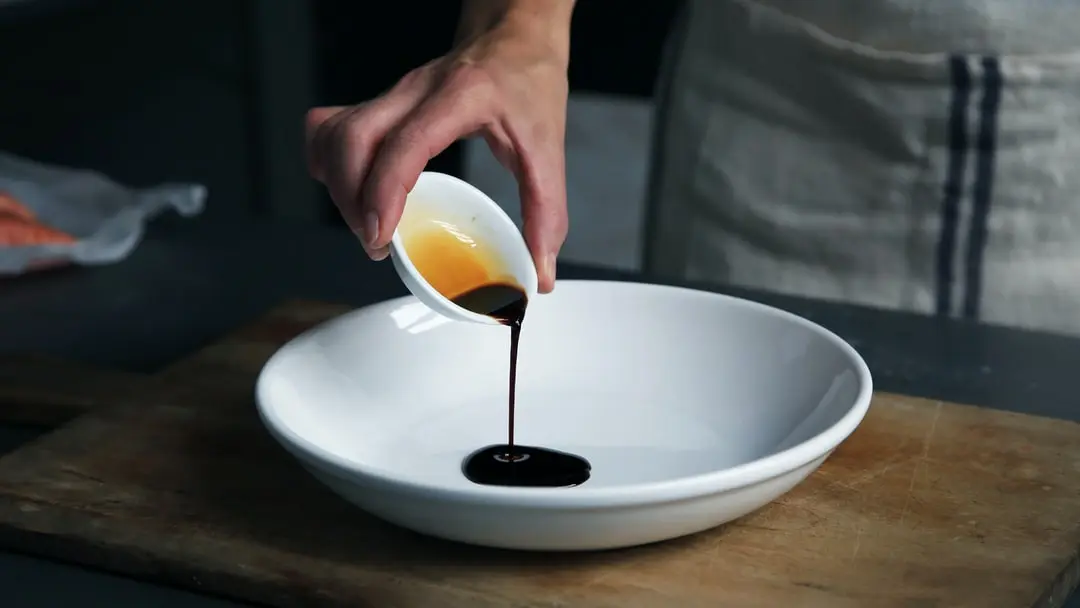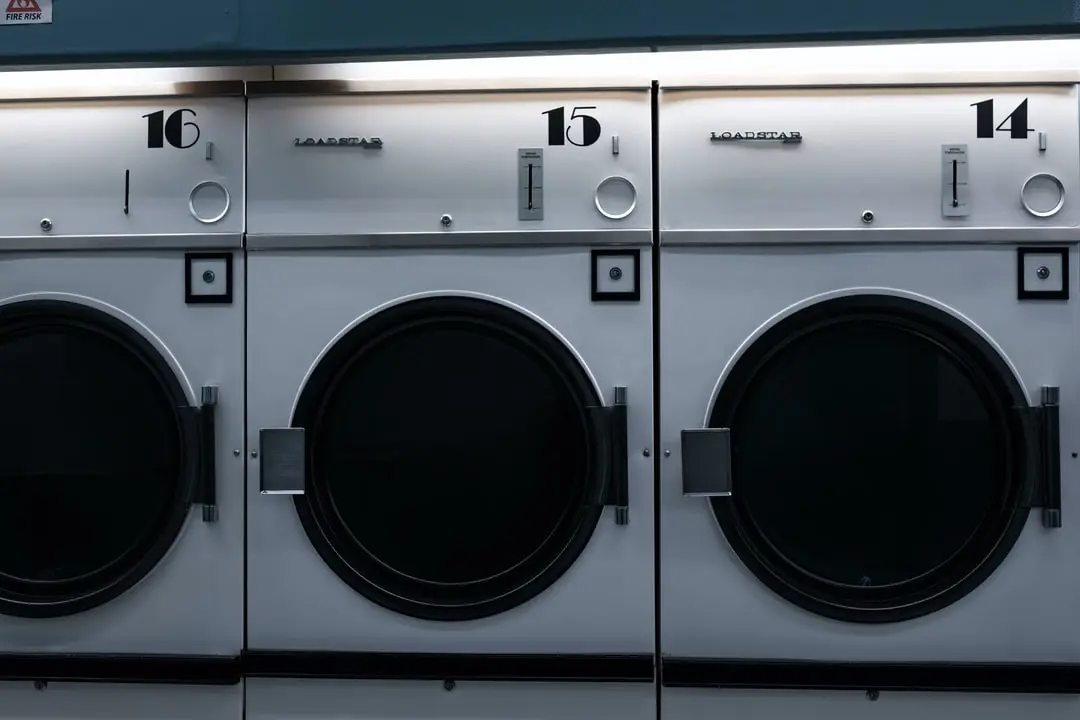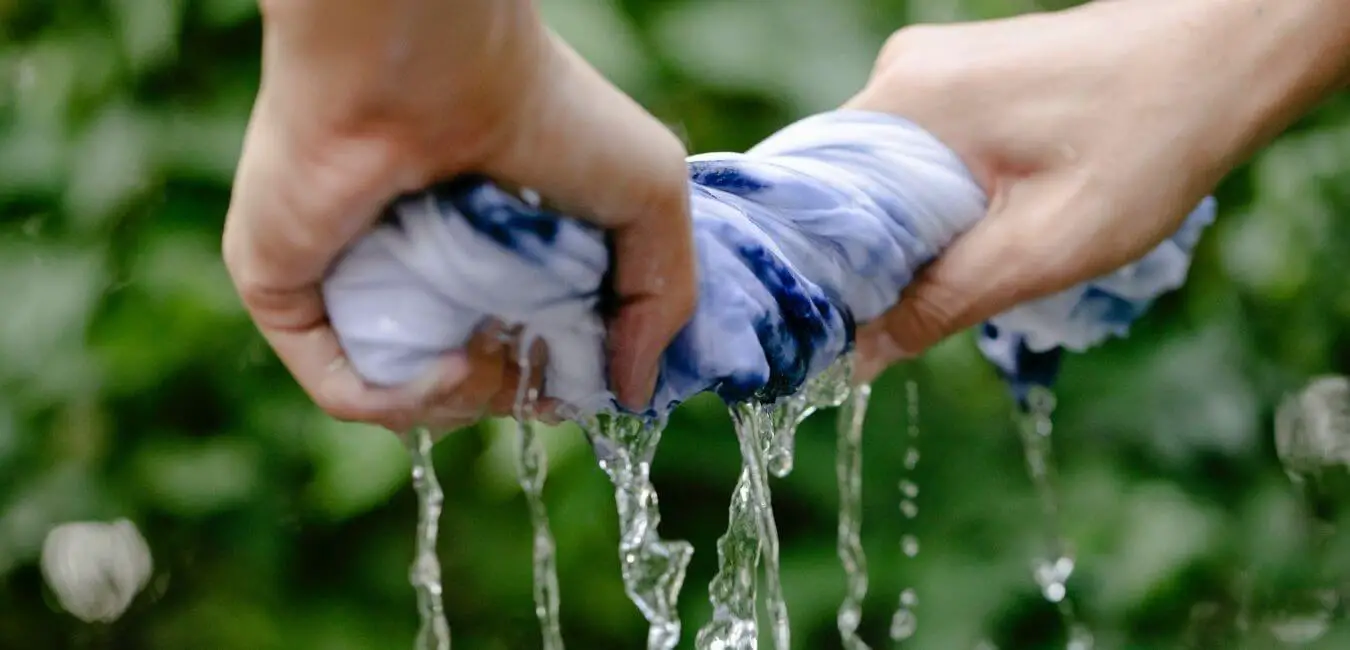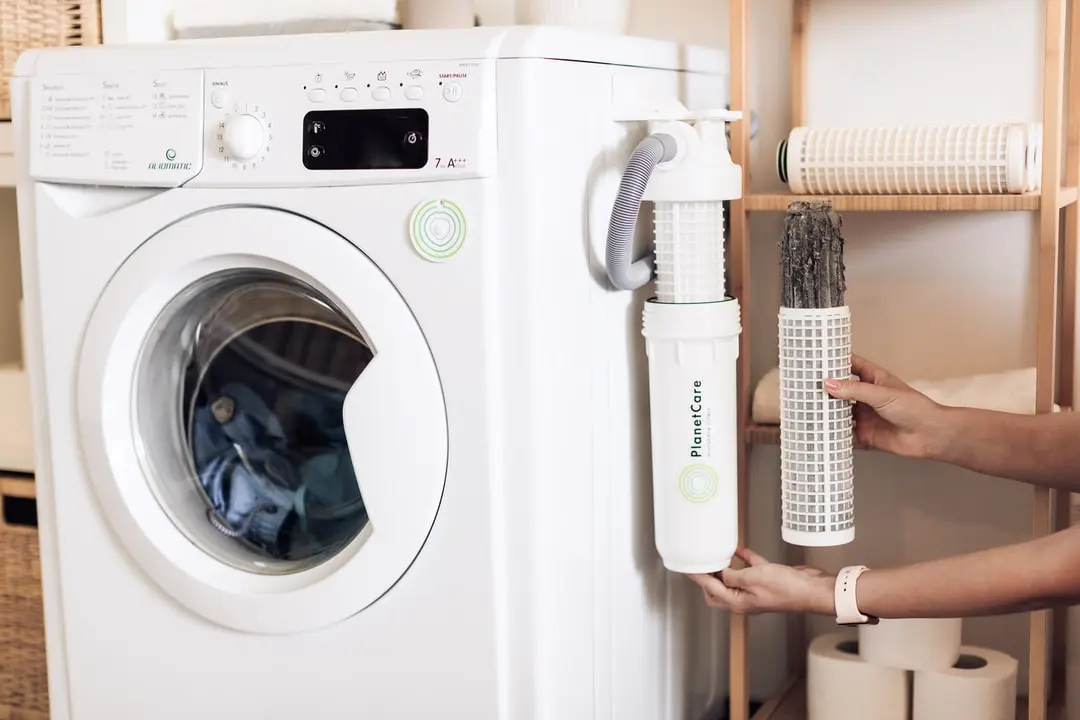When it comes to preventing color bleeding in your handmade or hand-dyed items, being proactive can truly make a difference.
Preserving the vibrant hues of your creations without the fear of colors mixing together is essential. By applying simple yet effective techniques, you can protect your items and ensure they maintain their original beauty.
Let’s explore some practical strategies to keep your colors sharp and distinct, allowing your handmade pieces to stand out for years to come.
Importance of Sorting Colors

Sorting your handmade or hand-dyed items by color before washing is essential to prevent color bleeding and maintain the vibrancy of your fabrics. Proper fabric care starts with understanding the dye mixing process and the nature of the colors used in your items.
Separating dark and light colors is key to avoiding any dye transfer onto lighter fabrics during washing. Take the time to group your items into color categories before washing to ensure each piece receives the appropriate care it needs.
It is important to note that washing items that have been hand-dyed or made with different colored fabrics requires special attention to color separation. This simple step can make a significant difference in preserving the quality and appearance of your handmade creations.
Cold Water Wash Method
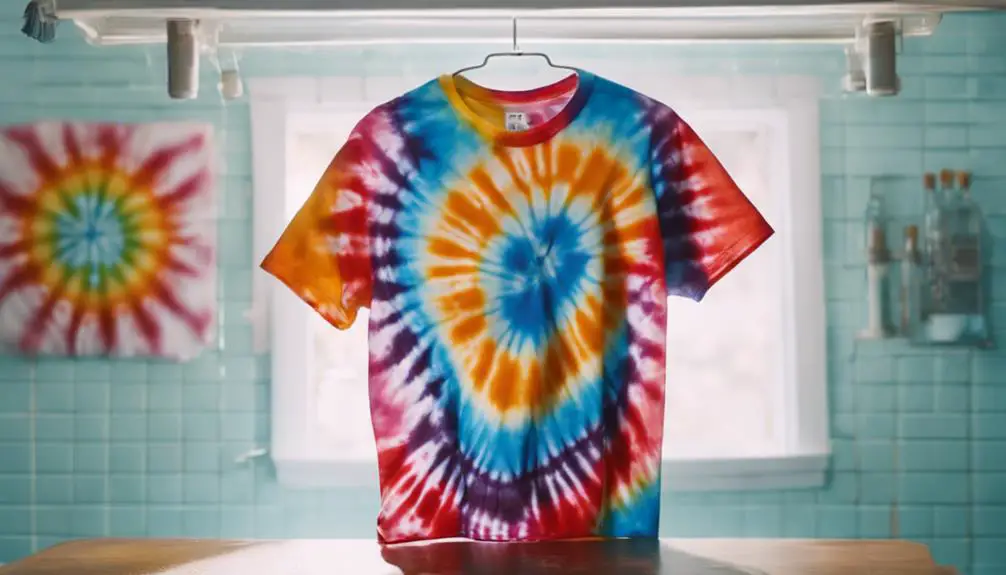
To ensure the longevity and vibrancy of your handmade or hand-dyed fabrics, consider adopting the Cold Water Wash Method. This technique is gentle on the fabric, reducing the risk of color bleeding that hot water washes may cause.
By controlling the water temperature, you can effectively preserve the integrity of the dyes and maintain the colors of your items.
The benefits of the Cold Water Wash Method are significant. Firstly, it’s gentle on the fabric, safeguarding the vibrancy of the colors. Secondly, by controlling the temperature, you can prevent color bleeding, ensuring that your fabrics remain bright and beautiful for longer.
This method is a simple yet effective way to care for your handmade creations and preserve their quality over time.
Vinegar Rinse Technique
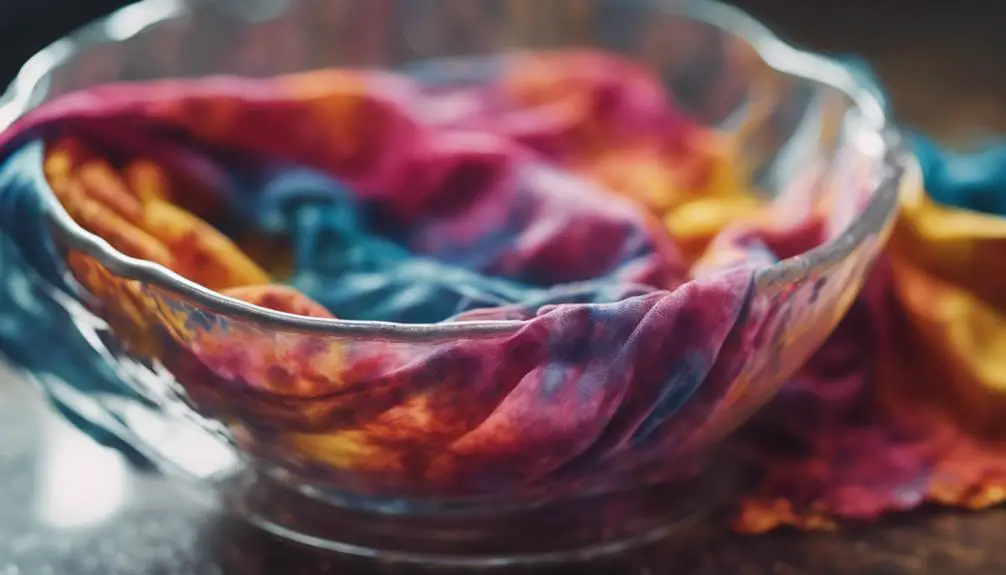
Integrate the Vinegar Rinse Technique into your laundry routine to help set dyes and prevent color bleeding in handmade or hand-dyed items. Vinegar’s acidic properties balance the fabric’s pH levels, preserving colors and extending the life of your cherished pieces.
To adopt this method, add half a cup of white vinegar to the rinse cycle when washing handmade or hand-dyed items.
This technique not only sets dyes but also enhances fabric care by maintaining pH balance, reducing color bleeding, and extending vibrancy. Vinegar is a natural and cost-effective solution, ideal for delicate handmade pieces needing extra care.
Embrace the Vinegar Rinse Technique as a practical way to safeguard colors and longevity in your handmade or hand-dyed treasures.
Color Catcher Sheets Usage
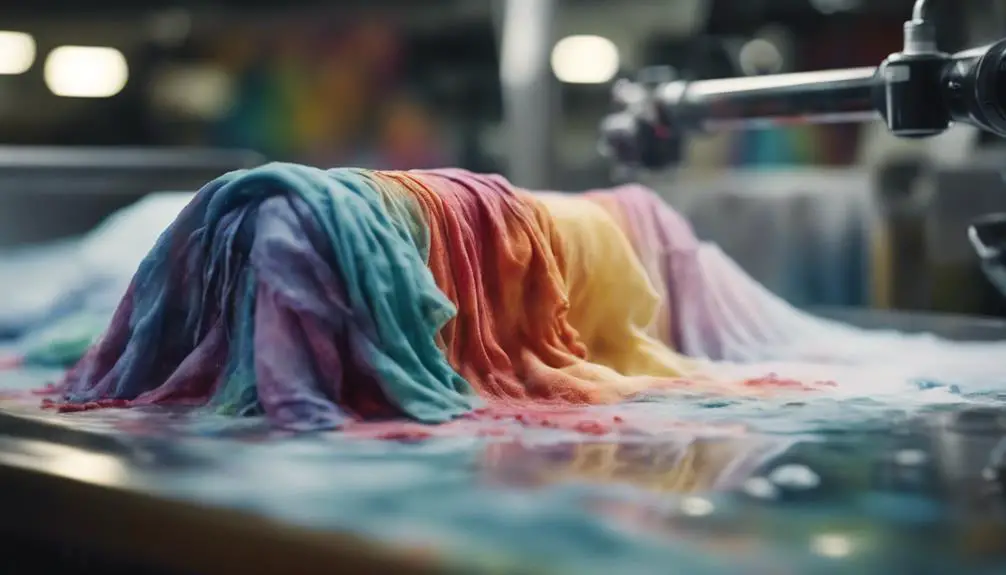
Incorporate Color Catcher Sheets into your laundry routine as an extra precaution against color bleeding in handmade or hand-dyed items. These sheets act as a protective barrier during the washing process, capturing excess dyes and preventing them from ruining other fabrics.
If you’re seeking alternatives to prevent color transfer, Color Catcher Sheets are a practical and efficient choice that can safeguard your handmade items from color mishaps.
When using Color Catcher Sheets, simply add one sheet to the washing machine along with your handmade or hand-dyed pieces. As the cycle runs, the sheet will soak up any loose dyes, keeping them from staining your treasured creations. This easy step can help preserve the vividness and quality of your items in the long run.
For optimal results, follow these machine washing tips: always separate dark and light-colored items, opt for cold water when washing handmade or hand-dyed pieces, and consider including a Color Catcher Sheet in every load to prevent color bleeding.
Air Drying Suggestions
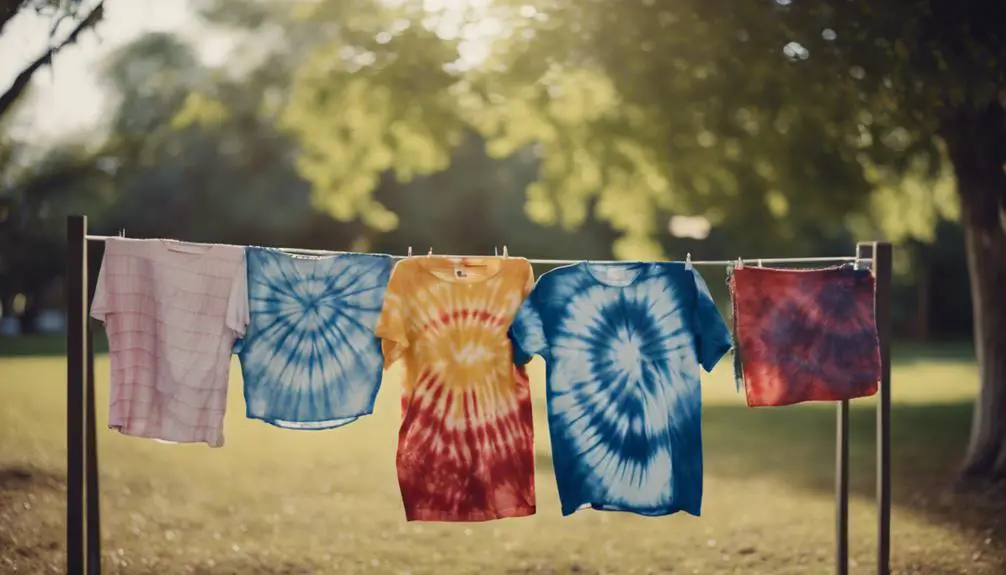
To maintain the vibrancy of the colors in your handmade or hand-dyed items, it’s crucial to air dry them with care. Here are some helpful tips to preserve the beautiful hues in your creations:
When it comes to drying, indoor drying is the best option as it protects the colors from fading due to direct sunlight. If you must dry items outdoors, opt for a shaded area to prevent color bleeds caused by UV exposure. However, be cautious when drying delicate items outside, as prolonged exposure to sunlight can lead to color fading.
For hanging options, you can choose between a line and a rack. Hanging items on a line can help prevent wrinkles and promote better air circulation. On the other hand, using a drying rack is suitable for heavier items that may stretch if hung on a line.
It’s important to be mindful of how you dry your handmade pieces to ensure they maintain their color integrity for a long time.
Test for Colorfastness First
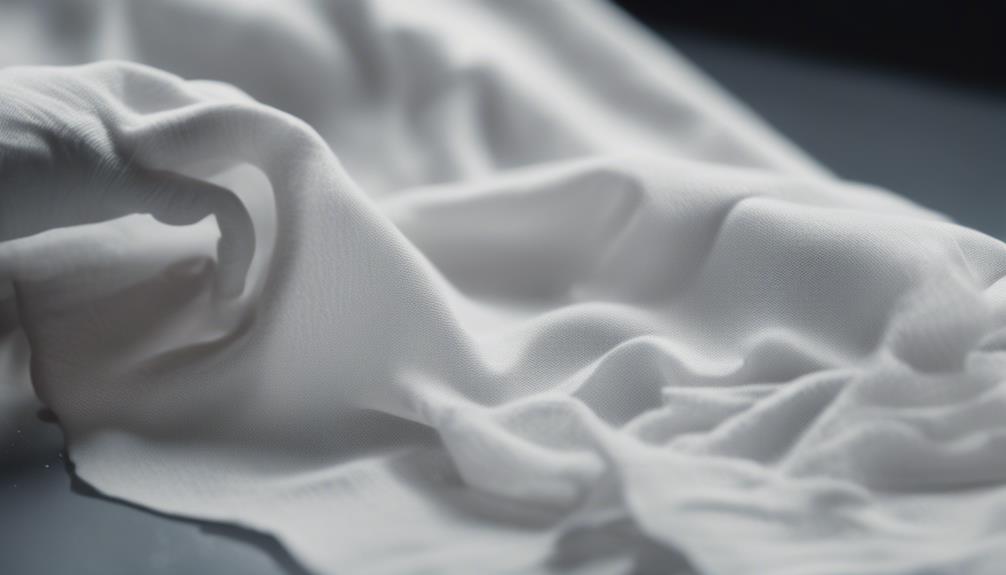
Before attempting any cleaning or washing techniques on your handmade or hand-dyed items, it’s crucial to conduct a colorfastness test beforehand. This simple step can help prevent any color bleeding or fading, ultimately preserving the vibrancy of your cherished creations.
There are several ways to test for colorfastness, such as gently blotting with a damp white cloth or utilizing a colorfastness testing kit. Ensuring the colors stay true and bright is key to maintaining the beauty and longevity of your handmade pieces.
Colorfastness Testing Importance
Before using or washing any handmade or hand-dyed items, it’s essential to perform a colorfastness test to ensure the colors don’t bleed. Checking the fabric care and dye stability of your cherished items is key to preserving their vibrant hues and avoiding any accidental color bleeding incidents.
By conducting a colorfastness test before regular use or washing, you can protect your handmade treasures from potential color mishaps that could detract from their beauty.
Colorfastness testing stands as a crucial yet straightforward step in maintaining your handmade or hand-dyed items. This test enables you to assess the durability of the dyes in the fabric and determine if they’re prone to bleeding when exposed to water or cleaning agents.
Taking a moment to conduct this brief test can help you evade the disappointment of witnessing your favorite colors bleed, potentially harming the overall appearance of your beloved pieces.
Methods for Testing
Before diving into your handmade or hand-dyed creations, it’s essential to conduct a colorfastness test to evaluate dye stability and the risk of color bleeding. To check for colorfastness, lightly dampen a white cloth or cotton swab with water and gently rub it on a hidden area of the item. If the dye transfers onto the cloth, there’s a possibility of color bleeding.
This preliminary test is crucial for safeguarding the vibrancy of your handmade dyeing techniques.
Another effective method to test colorfastness is to immerse a small piece of the item in a bowl of cold water for approximately 15-20 minutes. If the water remains clear and the color doesn’t bleed, it indicates good dye stability. However, if the water changes color or the dye bleeds, it’s imperative to take preventive measures to avoid color bleeding and maintain the integrity of your creations.
Conclusion
So, it’s important to sort your handmade treasures before washing to prevent color bleeding.
Choose a gentle cold water wash, and for a vibrant finish, add a splash of vinegar.
To provide extra protection, toss in a Color Catcher Sheet.
After washing, air dry your items with love, and always remember to test for colorfastness beforehand.
These simple steps will help you maintain the beauty of your creations, keeping them free from any unwanted color mishaps.
